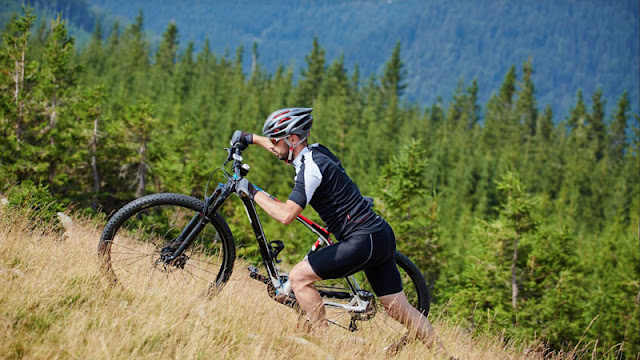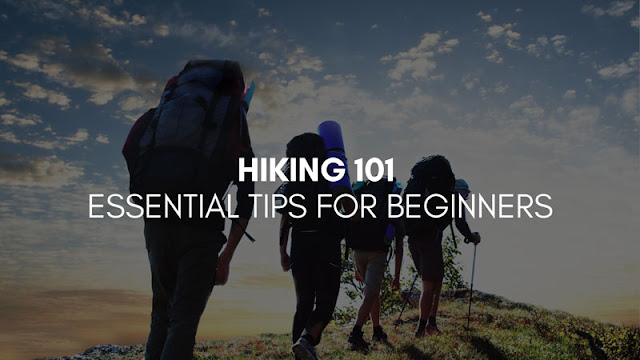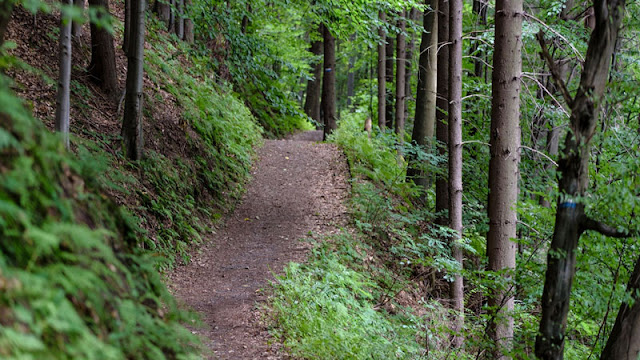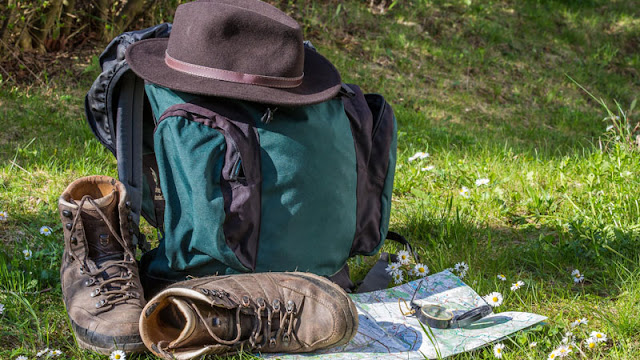Biking trails are not scarce in Utah valley, and with so many available, it can be hard to decide which one to try. Above all, you want to find trails that are fun but also right for your skill level. Whether you are looking for something at the beginner's level, or you are hoping to find something that challenges you, Utah Valley bike trails have you covered.
Wardsworth Creek Trail
Running just over 6 miles, the Wardsworth Creek Trail is trafficked by both hikers and mountain bikers. It is largely considered a beautiful area and not too busy, well worth a visit if you are an intermediate biker. The trail lies in Hobble Creek Canyon, roughly follows the creek, and ends at a pond where you can take a break before you head back.
While the trail is considered moderately difficult, it is generally pretty flat. The difficulties lie in the many creek crossings required, which seem to get more challenging as you progress on the trail. Regardless, if you are up for a bit of a challenge and don’t mind getting your feet wet, this trail is a great option.
Jordan River Parkway Trail
If you are looking for a longer ride that isn’t too challenging, the Jordan River Parkway Trail stretches across about 40 miles within a well-kept park. Great for kids and beginning cyclists looking to increase their stamina, you will have the opportunity to ride this trail in all seasons due to it being mostly paved.
Additionally, you can start on the asphalt path and veer onto one of the many trailheads that litter the main trail to break up your ride and see something new. Along the main path, you will have access to a variety of parks, nature viewing, and a good amount of picnic areas to stop at if you need a rest.
Slate Canyon Loop Trail
This 8.5-mile loop starts in Slate Canyon but touches on Slide Canyon as it makes its way around. There is a beautiful view partway into the trail that is worth the steep and challenging beginning. Once you have made it up the initial steepness, the trail levels out and allows you to catch your breath and enjoy the scenery.
The views seem to stop once you are looping back around past the Bonneville Shoreline so some people recommend ending your ride there. Regardless, if you are there for the ride (and not the view) making the whole loop is doable for the intermediate or advanced rider.
Provo Canyon Race Loop
At a short 1.7 miles, the Provo Canyon Race Loop can either be what its name implies—a race—or it can be a solo trek in a pleasant landscape. Grassy fields, beautiful oak trees, and the distant Cascade Mountain all accent your ride. The trail can be found outside of Canyon View Park or from the Bonneville Shoreline Trail.
Be warned, while it is a short loop, it is not recommended for beginning riders. Challenging ups and downs, sharp turns, and steep pitches make it best for an intermediate or expert rider.
Murdock Canal Trail
A long but easy trail, the Murdock Canal Trail located by Orem, Utah won’t disappoint when it comes to scenery. It boasts 18.2 miles of a point-to-point trail and is paved, making it accessible to beginners or those looking for a simple ride. You might also appreciate the public restrooms scattered along your way.
Stretching across seven Utah Valley Communities, you will experience changing scenery and occasionally a good amount of people. While it can be heavily trafficked in some areas, the views are beautiful and it is widely considered worth the ride.
Sundance Trail
If you are looking for a slightly less populated trail that offers more of a challenge, Sundance Trail is about 9 miles of river crossings, steep ups and downs, and loose rock. Despite the difficulties of the trail, many rave about its stunning views.
This trail is not for the faint of heart (dogs are allowed, but many people who have brought theirs on the trail caution against it due to the trail conditions) but if you aren’t afraid of a rough-and-tumble, difficult bike trail, you might find the Sundance Trail to be right up your alley.
Blackhawk Loop Trail
Located by Fairview Utah, the Blackhawk Trail runs 8.5 miles with an almost 2,000-foot elevation gain. If you are hoping to touch on as many terrains and landscapes as possible, this trail is for you.
Popular amongst mountain bikers due to its moderate level of difficulty and slow elevation gain, you'll also appreciate its gorgeous scenery and heavily shaded trails. This trail is also good for those looking for a ride that won’t be disrupted by too much foot traffic.
Bonneville Shoreline Trail
The Bonneville Shoreline Trail spans a large distance, generally following Lake Bonneville’s shoreline. You will experience the canyons of the Wasatch Mountains and you may run into some less developed trail areas but if you aren't worried about hitting a couple of rough patches you will probably enjoy your ride on this path.
Despite some undeveloped bits of trail, it is considered an easy hike appropriate for all skill levels. Occasionally it gets muddy, so if you don’t want to get dirty you might want to avoid the Bonneville Shoreline Trail.
Big Springs Trail
Big Springs Trail is a challenging 11.4-mile ride. It is a popular but difficult trail and offers experienced riders a pretty incredible view at the top. The climb makes most of the trip; after you see the 360-degree views and take a break, you will only have around a mile left until you're back in your car.
The steep climb, the potential for running into snow, and the big elevation gain (4,179 feet) make this not for beginners. If you are up for the challenge, you will be rewarded with wildflowers at the right time of year, and a gorgeous view when you reach the top.
It is easy to find a bike trail in Utah valley that will work for you. Since the level of difficulty varies so widely, do your research before heading out, but if you choose one from this list you will definitely not be disappointed. No matter what your skill level is, Utah valley views will always be worth the ride.






















